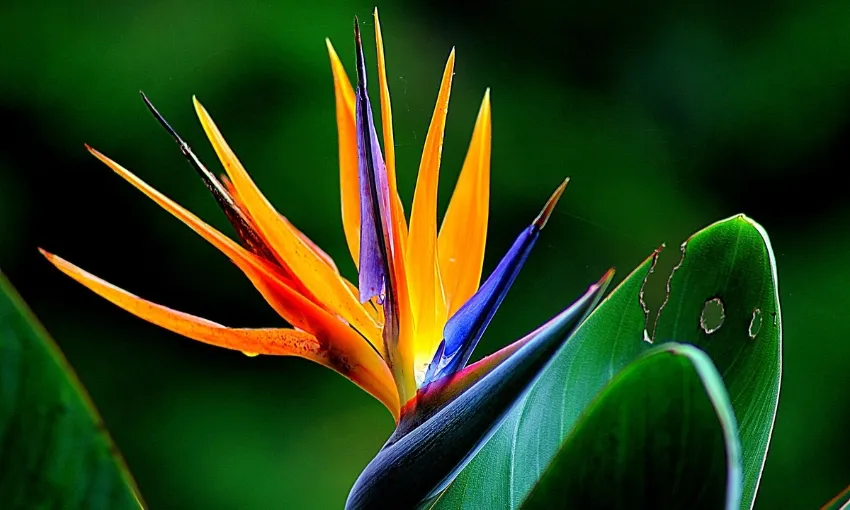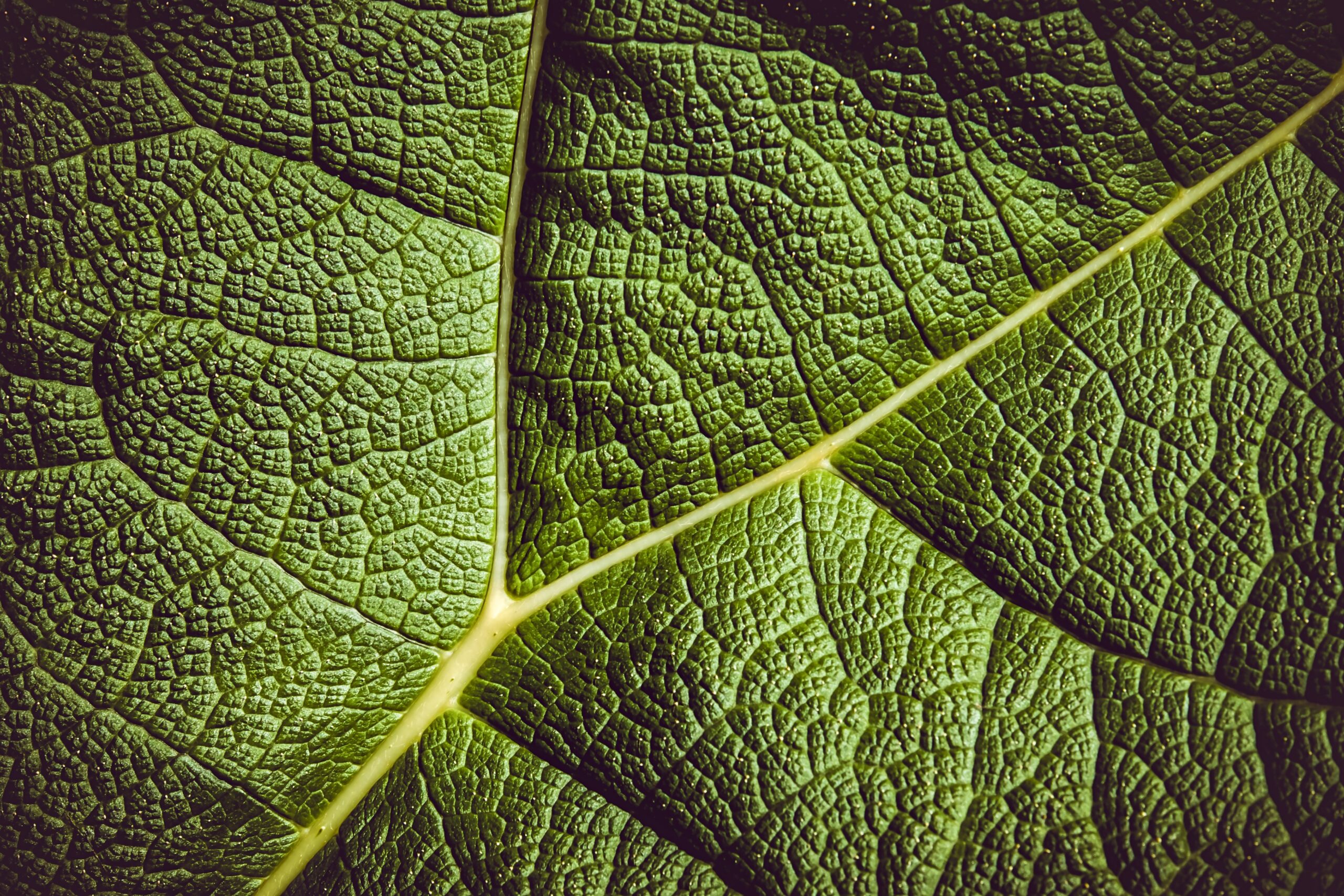The enormous potential of plant adaptation strategies in offering innovative solutions for next-generation climate-adaptive building facades. Read more on The Spinoff, Future Proof

Researcher, founder of Biomimicry New Zealand and finalist in the Welly Awards, Imani’s work bridges architecture and biology, aiming to create automated building façades that reduce the hefty carbon footprints of buildings. In New Zealand, the building sector contributes nearly 20% of our total greenhouse gas emissions. On the world stage, around 17% of all greenhouse gas emissions can be chalked up to buildings, according to the UN’s Emissions Gap Report 2022. Imani reckons nature is a logical place to look for inspiration, with millions of years of evolution leading to some ingenious adaptations in plants and animals. She’s published a compendium of “amazing ideas and solutions used by biological organisms” that architects can draw on, after extensive conversations with biologists about how flora and fauna keep themselves at the right temperature. Plants and their adaptations for surviving in harsh climates in particular are useful inspiration, because like buildings, they don’t move.
#interview #biomimetic #CO3FutureLab #climatechangeadaptation #climatechangemitigation #inspiredbynature #plantadaptation #buildingfacade #climateadaptation #research #nextgeneration #kineticfacade #adaptivefacade #dynamicsolarshading #environemnt
